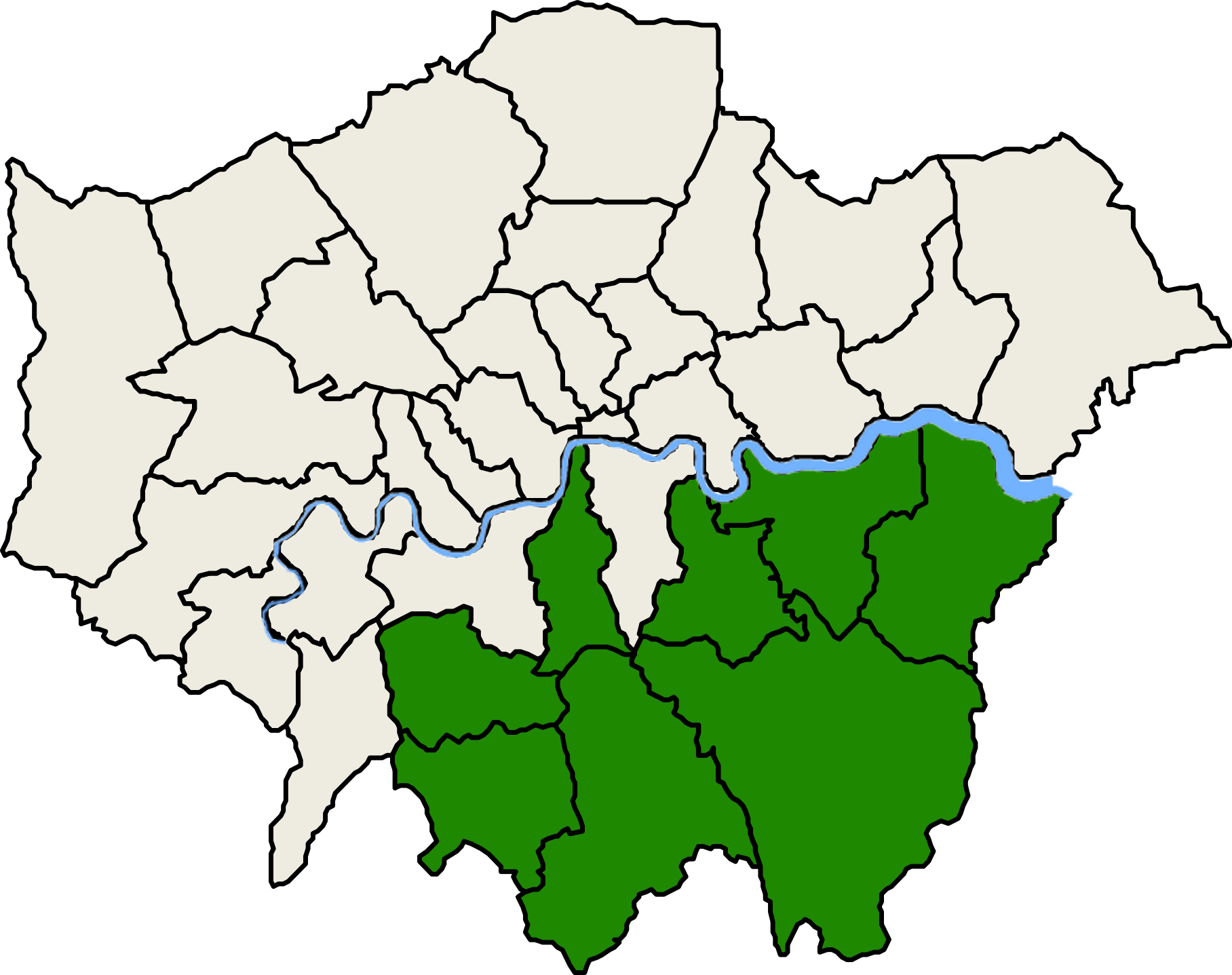
The Royal Borough of Greenwich borders the River Thames and has a rich royal and maritime history. It has a growing population of nearly 290,000 residents and is home to shops and street markets, including the Greenwich Covered Market. Greenwich is known for its tourist attractions, such as the Cutty Sark, the Royal Observatory and Prime Meridian, Eltham Palace and the O2 Arena. Health and social care, education, and retail and wholesale are the largest employment sectors in the borough.
Bexley forms part of Outer London. Main employment sectors in the borough include retail and wholesale, education, health and social care. Retail and hospitality jobs are concentrated in its five larger town centres of Bexleyheath, Crayford, Erith, Sidcup and Welling.
Lewisham is heavily reliant on public sector employment, especially education and healthcare. Other large employment sectors include retail and wholesale and food and accommodation services. There are exciting developments happening in Lewisham town centres and local neighbourhoods, bringing new housing, schools and leisure facilities to the area. The regeneration of Catford town centre is developing new homes, shops and improvements to public space over the next 10–15 years.
Bromley is the largest borough in Greater London by area, and it is also one of the most rural. Most of its population lives in the east and west of the borough, or in Bromley Town Centre. Employment is heavily reliant on the public sector, especially education and healthcare. Other large employment sectors include retail and wholesale, administration and support services, and hospitality. The shopping centres of The Glades in Bromley and The Walnuts in Orpington offer many job opportunities.
Lambeth includes the popular cultural hub of the South Bank, the street markets of Brixton, and the open spaces of Clapham and Streatham Commons. A third of employment is in health and social care. Other large employment sector include hospitality (a relatively high number of jobs in the sector compared to national or London's average) as well as retail and wholesale, and a wide range of administration, business, professional and technical services.
Merton can be characterised as the gateway between inner and outer south west London. The Borough is mostly a residential area and has a low job density. There is a relatively limited amount of land available for business and jobs, relative to the space for homes, parks and open spaces. Retail and wholesale is the main employment sector followed by administration and business support, health and social care, professional, scientific and technical activities and education. The NHS is the largest employer in the borough including St George’s and St Helier hospitals.
Sutton is home to several large international companies and is the sixth most important shopping area in London. The leading employment sector is administration and business services which accounts for 30% of local jobs (more than 3 times the English average). Other key sectors are health and social care, retail and wholesale, and education. The largest employers in Sutton are Epson and St Helier University Hospital.
Croydon is a key retail and leisure destination surrounded by Surrey countryside and well-connected to central London or Gatwick (15 minutes away), and to Canary Wharf (30 minutes away). The borough is home to a prime logistics hub in the Purley Way and a leisure hotspot including Boxpark, Fern and The Store. It also represents a major office headquarters hub, with Superdrug, HMRC, The Home Office and EDF Energy all based in the town centre. However, Croydon's economy remains heavily reliant on retail and wholesale and public sector jobs. Largest employers include Croydon Council, HMRC, Mott MacDonald and Superdrug.
Last update: 8 November 2024